The Flamingo Tongue Snail is a small marine snail that lives on coral reefs in the western Atlantic Ocean.
For many years, I wanted to photograph one but never seemed to have my camera with me when I spotted one but a few years ago while snorkelling in the British Virgin Islands, I finally managed a fairly good photo. In fact, I really only HOPED I got a good photo until I got back on our boat. Nice surprise.
While the Flamingo Tongue Snail has historically been abundant throughout the Caribbean, there are now concerns over its declining population. The main issue is divers and snorkelers take them as souvenirs because of the beautiful shell, while they are still alive.
What many do not realize is that the snail’s beautiful orange-yellow spots are part of the animal’s living tissue, and therefore disappear when the animal dies. It’s a thin tissue covering the shell. This colourful mantle serves as a warning for their predators. It is toxic and distasteful. Because of this, the mantle is a really important defence mechanism. While feeding on the corals, they also absorb toxic chemicals present to produce toxic substances that are then deposited into its mantle. Once taken out of the water, all that is left is a plain white shell.
Please only bring back memories and photographs of these exquisite little guys. If you have seen them, hopefully I’ve added a bit of info for you to consider before you pluck one off the sea fan.
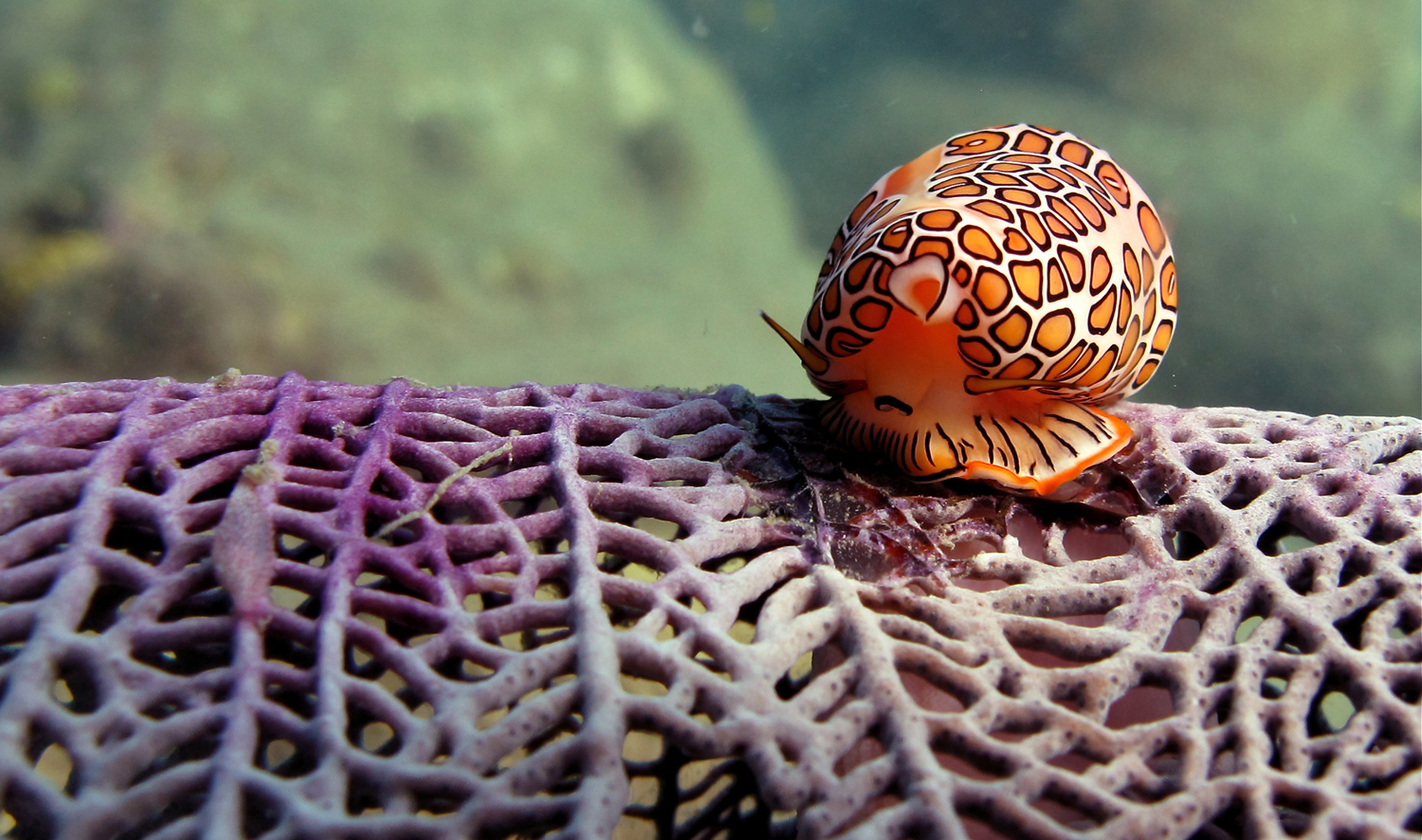
Flamingo Tongue Snails (Cyphoma gibbosum) not only live on gorgonians but actually feed on them.
They consume the living tissue of the sea fan as they move across it; their “foot”, or radula, secretes chemicals that break down soft coral tissue into nutrients that the snail can digest. As they slowly crawl along the bodies of their prey, they eat away the soft tissue, leaving only the coral’s skeleton behind. You can see this effect in these photos above.
The snail typically moves on to the next sea fan before too much damage is done, and the soft coral regenerates the damaged areas.
Interestingly the snail does not digest the toxins of the sea fan but stores them in its tissues and uses them as a defence mechanism against predators.

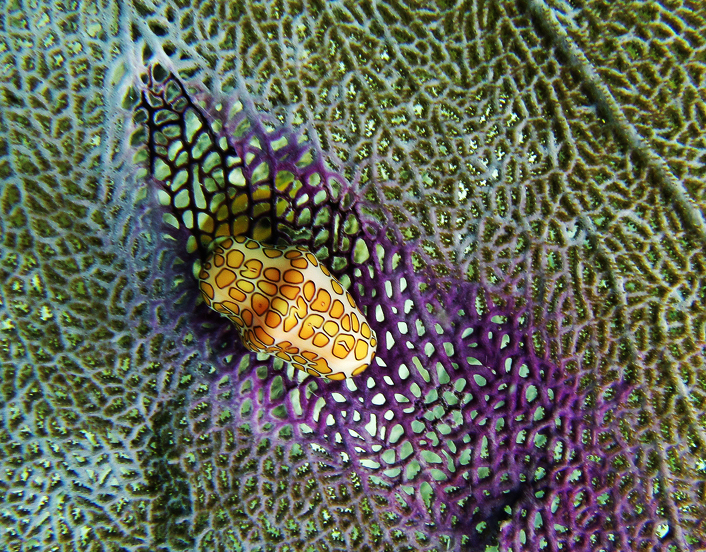
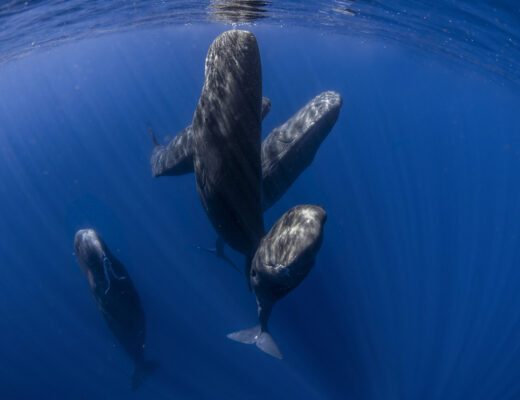
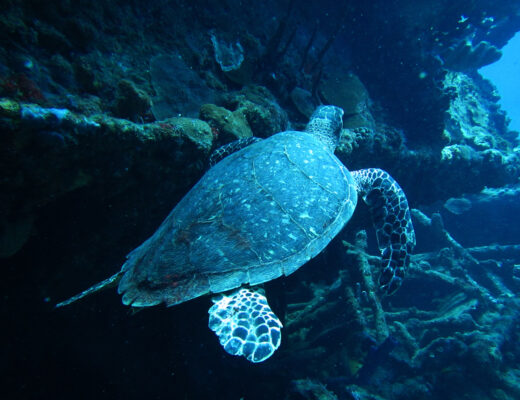
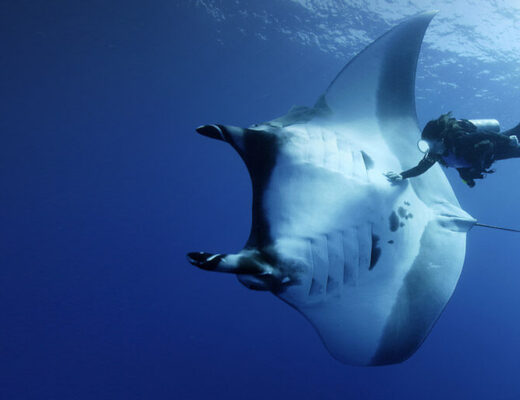
No Comments